A Conversation with Zach Kornfeld: Director of Ouch!
Trailer
Full Video Interview
Zach Kornfeld
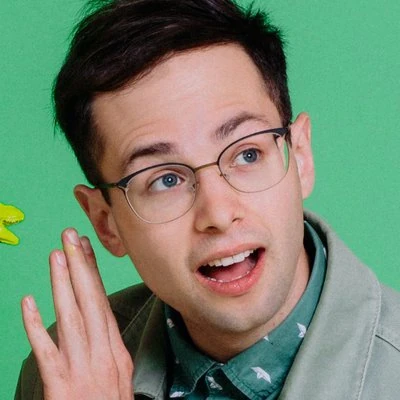
Zach Kornfeld is a director best known for creating and starring in “The Try Guys,” an award-winning comedy series (8 million subscribers, 4 billion views). Kornfeld is a #1 New York Times Best Selling author, a 2x award-winning podcast host, Food Network host, and frequently meme’d. He’s a proud advocate for the disability community and openly shares his battle with Ankylosing Spondylitis. He recently launched 2nd Try, an independent streaming service. Shows include: “Without A Recipe”, “Phoning It In”, “Trolley Problems”, “Escape The Kitchen”, “Smoke Show”, and more.
Statement from Zach
The things you love are more important than the things that hurt you. So often for people living with disabilities, or any sort of chronic condition, we end up defining ourselves by what ails us instead of by what we love. With that in mind, I set out to make a short that helped audiences understand invisible illnesses — something that is inherently unknowable — by filtering my disability through the lens of magical realism, homages, and my favorite genre tropes. To take control of the thing that causes me pain every single day through the aesthetic of the things that give me comfort and joy. The result is Ouch!, a film I hope is as fun as it is cathartic.
On the Journey and Content Creation vs. Filmmaking
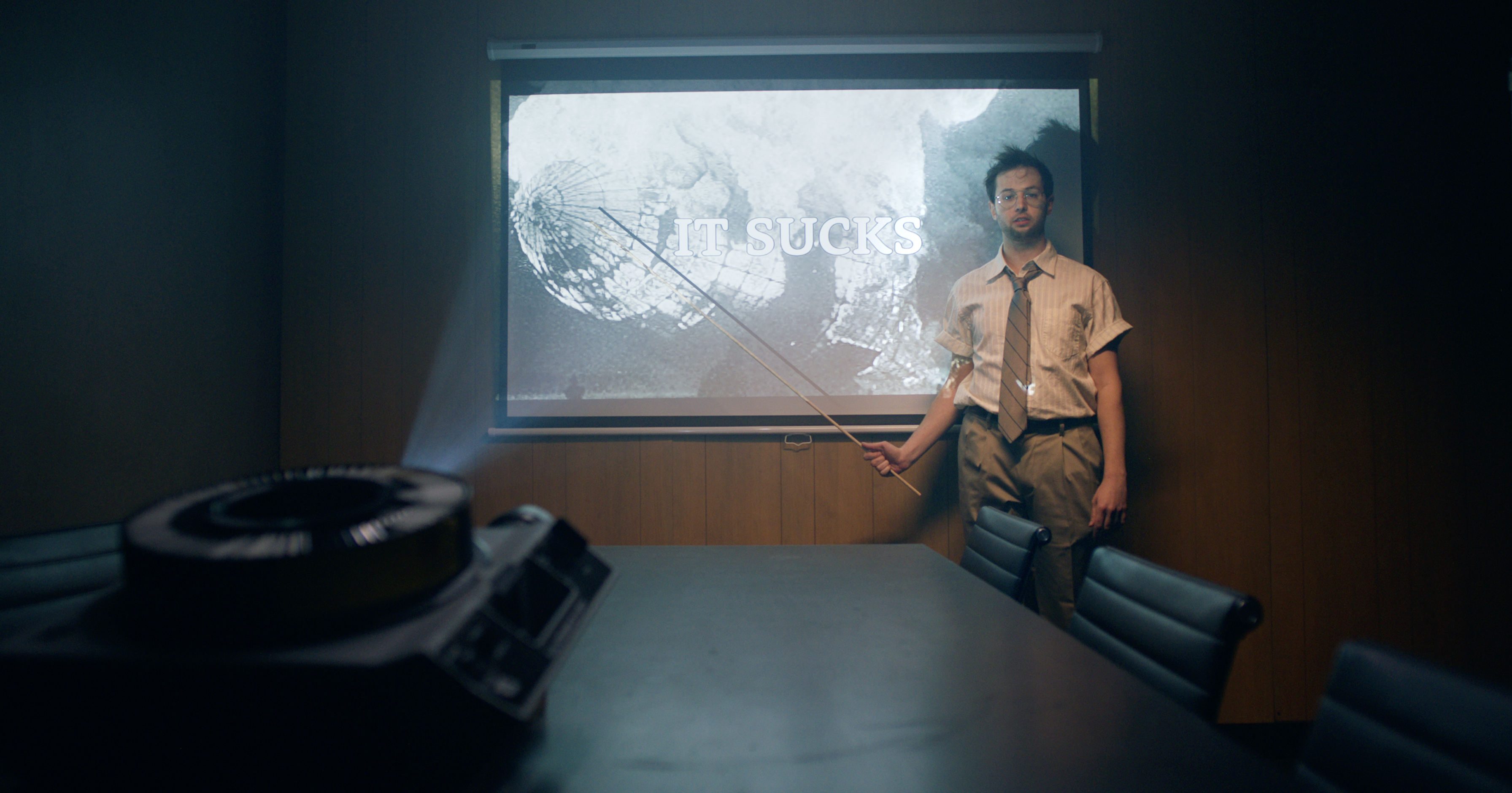
Adam Manery
You have been making video content for many years now, but this short film, Ouch!, is rooted in your own lived experience living with Ankylosing Spondylitis (AS). I was hoping you could walk us through your journey as a filmmaker and someone living with this illness and how you got to this point.
Zach Kornfeld
The journey as a filmmaker is probably longer than we have time for, so I’ll give you the journey as a human to get here. I have had AS since my teenage years, but I became aware of it and was diagnosed in my early twenties. My twenties were about trying to understand this disease that I can’t see. It affects me daily in inconsistent and unpredictable ways. It’s frustrating, as is any invisible illness, any chronic pain that’s hard to track. Your doctor will ask you to self-report, and tests don’t reveal the full picture.
Ouch! began as a personal exercise to explain what this feels like, using the language of cinema and genre movies to make it larger than life, to show something true and real. The script went through many iterations, starting as a collection of images and sequences, eventually finding a story about acceptance. Hopefully, the piece conveys that the things you love are more important than the things that hurt you.
The only way to get universal is to be specific to your life experience. The more specific you are, the more real it is, tapping into broader emotions that allow people to see themselves within it.
I wanted to make a fun disability film that gives the audience an understanding of living with this unseen demon. The film is about my experience with ankylosing spondylitis, but hopefully, it applies to anyone with chronic pain or illness, even mental health issues. Many people know what it’s like to battle something others can’t see. But really, playing in this genre sandbox was a treat.
AM
You nailed it. The most specific projects often have the most universal impact. By diving deep within yourself, you create something that applies to many people.
ZK
Yeah, I couldn’t have said it better myself, so I won’t attempt to. I totally agree. The only way to get universal is to be specific to your life experience. The more specific you are, the more real it is, tapping into broader emotions that allow people to see themselves within it. When I saw Moonlight, I had no idea what it’s like as a gay black child. It couldn’t be further from my life, but the emotions in that movie were ones I could experience.
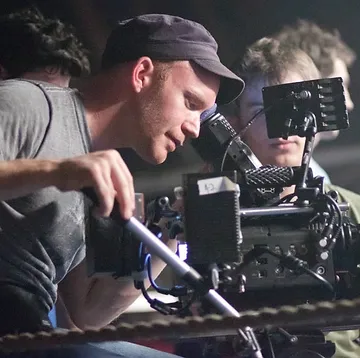
AM
That’s the exact film I reference when discussing finding the “general in the specific.” This project is clearly special to you. How is your approach to filmmaking different from creating digital internet-based content?
ZK
There are ways they’re similar and ways they’re different. With Try Guys, I get to reinvent every time. I’ve sprinkled different genre stylings into episodes when appropriate. Like simulating raising newborns with robot babies, shot like Paranormal Activity.
Weirdly, I learned a lot about scripted filmmaking by making unscripted videos. You’re often left with massive, structureless footage. Writing clear character arcs and structuring within a hero’s journey taught me more about screenwriting than scripts I’ve written.
The big difference is the amount of time you get to put into it. The internet moves relentlessly and is driven by platform economics. There’s a cadence of posting that shapes your art. Short films, by virtue of what they are, are labors of love. They don’t make money; there’s no monetization there, so you’re making them from a place of passion.
I worked on the script for a year, thinking, “Okay, what are the visuals? What is the story I want to tell?” Then, realizing my script would cost about $500,000 like I had written the next Titanic, I rewrote it to fit the budget, finding unicorn locations for really explosive, exciting visuals. There’s all these different vignettes and motifs. And that was really exciting, to paint with so many different paintbrushes within one project. Once we found a location, I rewrote the script again to make the most of it. “What can we achieve? What can we not?”
My DP and I, Topher Osborne, have a shared philosophy of “economy of storytelling,” which might sound weird. We both like simple cinematography. And when you watch the film, you’re going to say “There’s nothing simple about it.” It’s insane – the camera’s flying all over the place. But what I mean by that is that we shot what we needed and nothing else. That required intense storyboarding to make the most of our time to know that we were getting the shots and then moving on. That then also left us without extra coverage in case we messed it up. In the end, it’s the most time, care, and love I’ve ever gotten to put into a single thing. Hopefully, that shows.
On Evil Dead Influence and Rewriting the Script
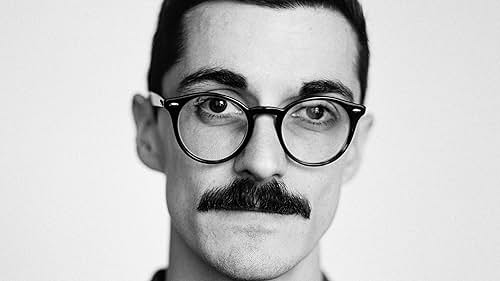
AM
That reminds me of the approach that Francis Galluppi (The Last Stop in Yuma County, Untitled Evil Dead Project) and his DP (Mac Fisken) shared with me. They storyboarded so intensely and shot only exactly what they needed. There must be some value in that restriction.
ZK
Speaking of Francis, Evil Dead is a huge inspiration in everything I do. Sam Raimi’s work on Evil Dead, the way he plays with motion in camera, and his collaborations with Bill Pope were all very important for the project. I was even showing Topher scenes from Spider-Man 2 and being like, “Okay, hear me out…” and he agreed that those scenes just “hit.”
One of the things I was most excited to direct was my own little Evil Dead moment. We have this recurring motif of this mythic hallway. We were scouting different hallways, and finally, we found this cement hallway. They looked, and they go, “All the other hallways suck. I think we should just build one here.”
I’m so used to working with what I have that they gave me permission to dream bigger. It was a learning moment to realize that we can make the thing we want instead of going out to find what exists. That’s a holdover from the student film days.
Long story short, we had a lot of technical difficulties in this cement hallway. The radio frequency was getting distracted or interrupted, so the lights wouldn’t work, and we couldn’t cue them. We finally got to this crunched place where my assistant director came to me and said, if we go over here, you’re going to screw your whole next day. So we had one take for almost every scene you see in that hallway. One take.
The scene of me running down the hallway was supposed to be this giant orchestrated sequence, but we had to cut it. It was a lesson in serenity, in accepting what the “movie gods” want, and always having a contingency plan. I’ve gotten over the stress dreams about that. We killed it, but I do hope I get another stab one day at our little Evil Dead homage.
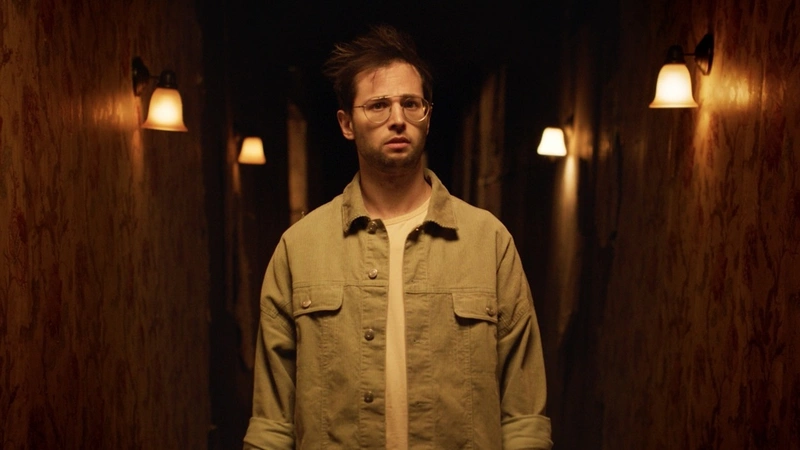
AM
Interesting – the hallway scenes are some of the most memorable to me!
Within such a short film, you have several different interconnected vignettes and metaphors for the pain you experience. You’re a patient in operation; you’re getting beaten by paddles… Were there any others that didn’t make it into the final cut?
ZK
Absolutely. My first script was about 25 pages, and nothing that was in that script made it to the final film. That entire script was thrown away and rewritten. For example, we had a fight with an invisible man where he threw me through a table. That was not filmable in our time and budget.
There were only a couple of things we shot that didn’t make it into the final cut. There was one where I was playing cornhole. I threw it, and my arm got ripped off and landed on the cornhole. And because of everything happening around it, it just didn’t play. There was another shot where I was barefoot, dancing on glass, and it was the same reason – it just felt like it didn’t need it.
The scene that is the credits is this great 1950s alien B-Movie reference. It was originally the midpoint of the movie, and it’s maybe my favorite scene. Marissa Rivera gives the funniest performance of the whole piece. But when we were showing it to friends, every time the movie got to that scene, you could feel them deflate, like, “Oh, another metaphor. We get it.” So we took it out, and the movie played great, but then we put it at the credits, and it became everyone’s favorite scene. It almost works as a sequel right after the movie is over.
I talk about how meticulously I storyboarded it, but I got a lot wrong. There were a lot of lessons.
The movie’s message is that the things you love are more important than the things that hurt you. I wanted this to be a celebration of the things I love, the movies I love, homages to directors who live rent-free in my head, and the things that have given me comfort when I need it.
AM
That scene was another standout for me. It must be tough distilling what was originally a 25-page script down to 9 pages, especially when incorporating so many genre elements. There’s comedy and horror, but you also have a significant tonal shift at the midpoint when things weave into drama and get serious. What was it like balancing all of this?
ZK
It wasn’t easy. Every time I watch it, I need to be restrained to avoid jumping back into the edit. I still don’t know that we nailed it. We just stopped tinkering with it. It was a lot of trial and error. I must have 25 different versions of the first two minutes.
It’s hard because the scenes are designed to flow seamlessly into one another, but we found ways to move them around and play with them. Scoring also plays a huge part in creating the tone. And my composer, Umberto, did a great job channeling some of the horror greats while creating something original.
The movie’s message is that the things you love are more important than the things that hurt you. I wanted this to be a celebration of the things I love, the movies I love, homages to directors who live rent-free in my head, and the things that have given me comfort when I need it.
I wanted the form to reflect what is ultimately the message. That’s why it was important to make a disability film that is fun and, hopefully, exciting and funny. I knew that the more relentless and silly the first half was, the harder it would hit when we take the air out.
There are a lot of techniques we use to achieve that. It’s the pacing of the edit; it’s the way we play with color, the way that the scoring goes from “balls to the wall” with this brass track song in the middle, and then we force you to live in silence – just hearing me take a breath.
The number one mandate to every department head was to put something they loved into their work. The more specific we could get with these little references to things we remember or misremember from our favorite movies made me feel like we could get to something great.
What you see is the result of a lot of people pouring their passion, but also a lot of trial and error. It did not come together on the first cut.
On 2nd Try Entertainment and Rapid Fire Questions

AM
I’m so happy it has come to life for you, though. Recently, you launched 2nd Try Entertainment, which was significant in the making of this film. Are you planning to create more films meant to be shown in film festivals or with theatrical releases?
ZK
I keep joking that 2nd Try has to bid on the project. We’ll see who gets it. But really, I’m extremely lucky in that I have somewhere to distribute this short afterward. Some of the best shorts ever made don’t end up with a place to be seen.
Once we’re done with the festival run, we will release the short on 2nd Try and then later on YouTube. We also filmed a behind-the-scenes featurette that goes into the personal journey, from a chronic pain perspective, but also the wish fulfillment as a director of getting to take on a project like this.
2nd Try has opened up this whole new world of opportunity for us as creatives to make things for a digital audience but not beholden to the almighty algorithm. So, I would love to make more like this. Of course, the economics of making anything scripted, whether it’s shorts or a TV series, is certainly harder to do than making unscripted shows. Still, it’s something that I’m passionate about. If I can make a movie and know that people will show up and watch it, that’s a pretty cool thing.
[My all-time favourite director is] Sam Raimi. I hesitated to see if any other answer would challenge that, gun to my head.
AM
Do you feel more at peace with that tension between passion-based filmmaking and the economics of content creation? Or is it a forever “push-and-pull”?
ZK
It probably is forever, but I do feel a lot more at peace. Having 2nd Try has changed the game. For the first time in a decade, I’m making things from a place purely of love and passion as opposed to trying to triangulate it in a digital ecosystem. No matter what art you make, the goal is for it to be seen by people. So, you want to create something appealing, but I also crave taking risks. So far, the audience seems to be allowing me to take some wild ones, and I’m very grateful for it.
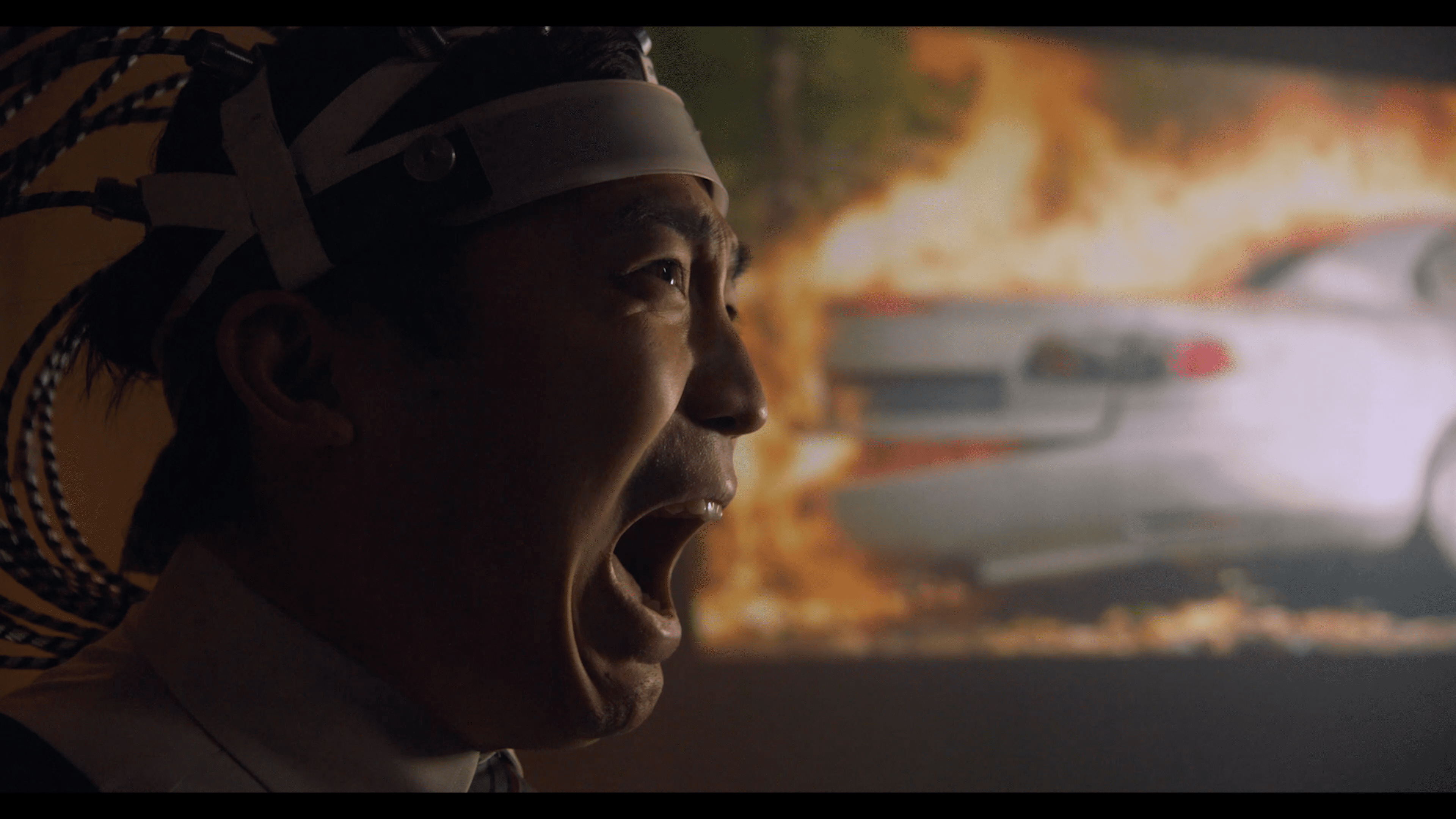
AM
It’s clear, based on this conversation, that you’re a cinephile, so I have a few quick cinephile questions for you before I let you go.
All-time favourite director?
ZK
Sam Raimi. I hesitated to see if any other answer would challenge that, gun to my head. The Coen Brothers are probably our best American directors outside of Spielberg, but when I think about the things that have brought me the most joy, and what has infiltrated my DNA the most, it’s Sam.
The through-line of most of my favourite work is actually a cinematographer – Bill Pope. He has worked with Sam Raimi and Edgar Wright quite frequently. He shot Scott Pilgrim vs. The World, and somewhat surprisingly, he also shot Blank Check. He was involved with so many of my favourite films.
Also, can I give a shoutout? I love Keith Schofield. He mostly does music videos and commercials, but he’s someone I was lucky enough to work with early in my career, and I think his visual style is just unbelievable. There’s a shot or two in this film that I lovingly tried my best to rip off from him.
AM
Hey, that’s half of what filmmaking is.
Not your favourite, not the best, but what is the film you’ve watched more than any other?
ZK
Josie and the Pussycats. When I was in college, I had a DVD VHS combo player. And when I was driving to school, it got jammed. And so it became a VHS Josie and the Pussycats player.
I think that movie is grossly underrated. It was seen as trite when it came out, but it’s one of the best cultural parodies ever made. It’s honestly a really insightful commentary on the TRL era. I love it.
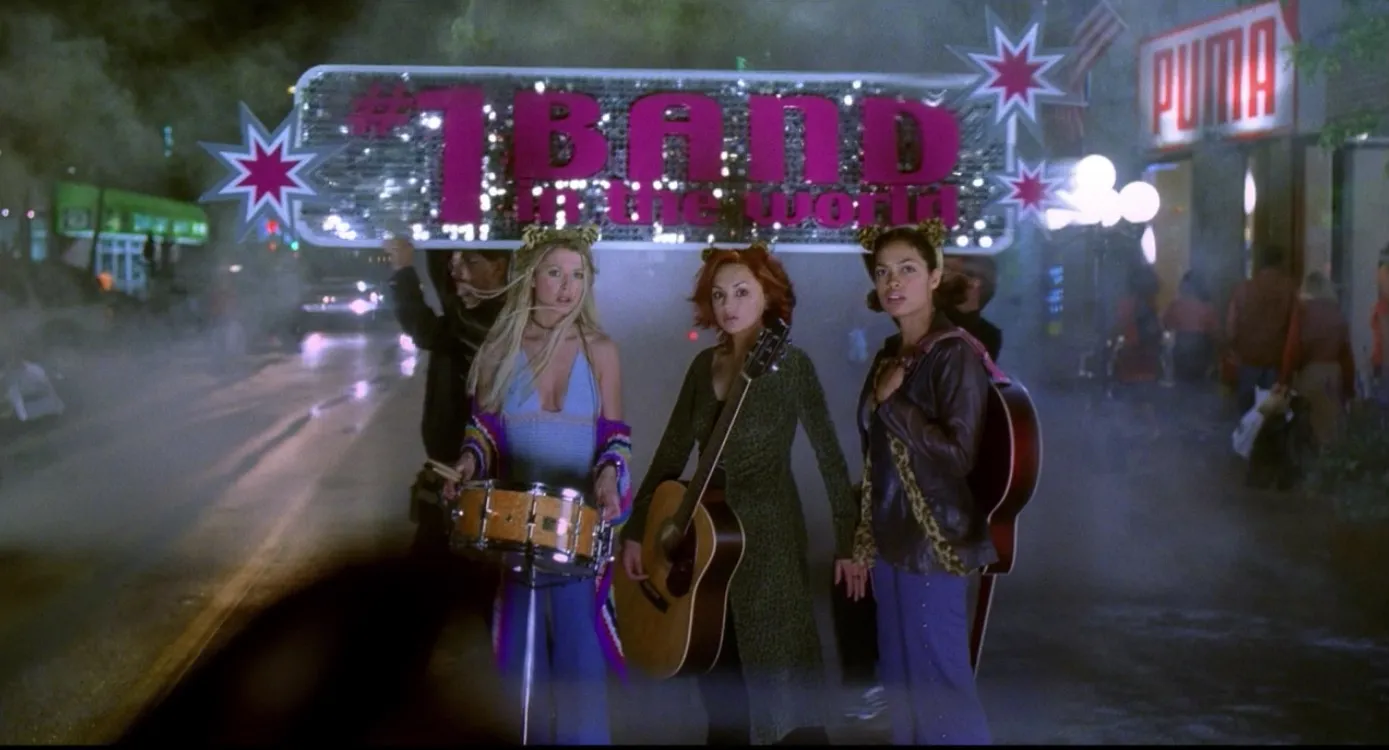
AM
Last question. You’re making a film. Budget isn’t an issue, and you can have any actor in the world. Who is your first call?
ZK
It’s gotta be Nick Cage. It’s gotta be. That just seems like the right answer. Tilda Swinton would also be cool. I haven’t even dared to dream of this. I would love Kirsten Dunst. She’s amazing.
[long pause]
This question will keep me up at night… I’m going to write you back with a list of 10 names. I’m going to be thinking about this one. | Zach Kornfeld and Ouch!
Tickets are still available to watch Ouch! at Fantasia Fest
You can find more interviews here
You can find film reviews here





Pingback: Zach Kornfeld (Try Guys) on His Film "Ouch!" | Fantasia Fest 2024 - New World videos